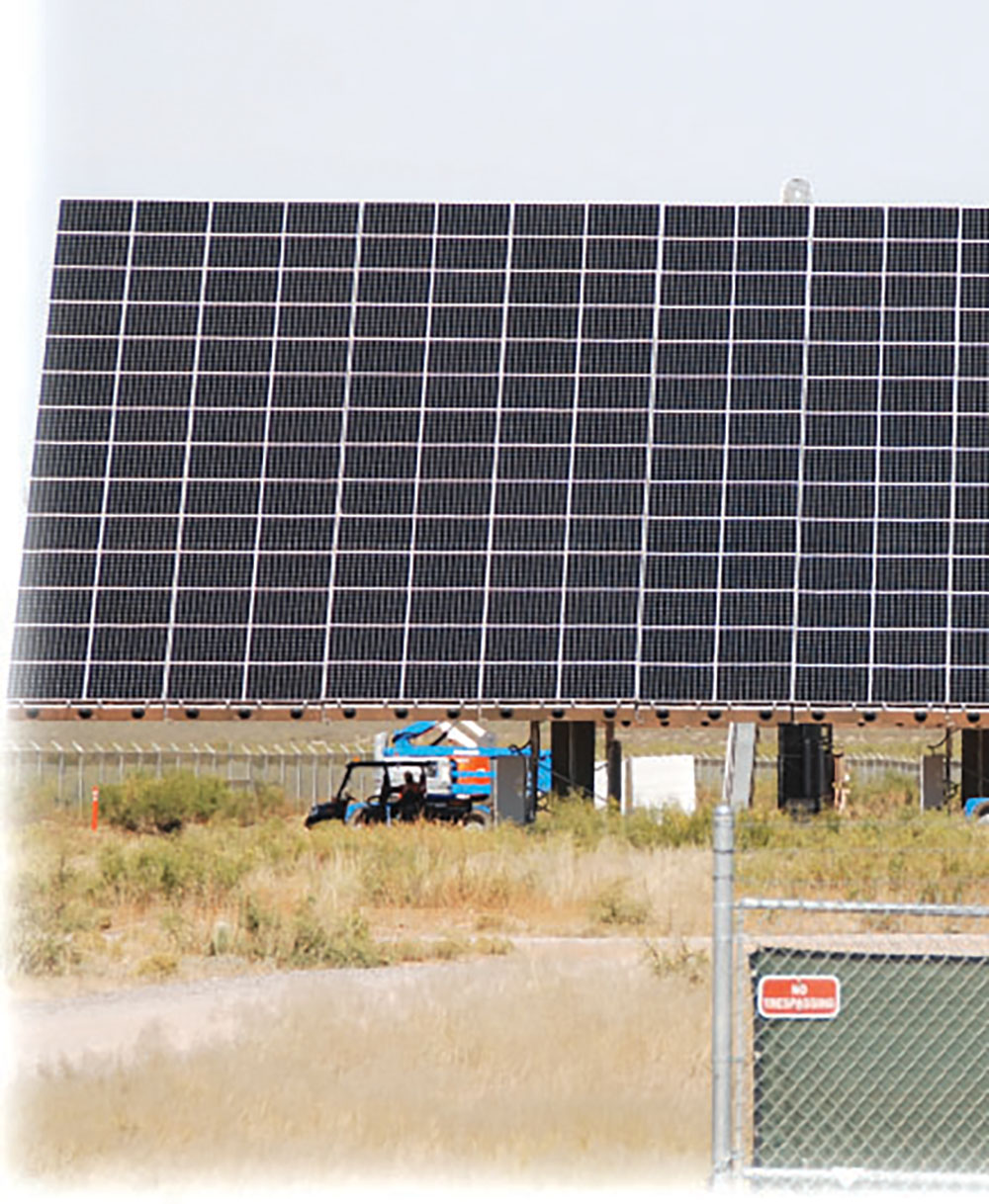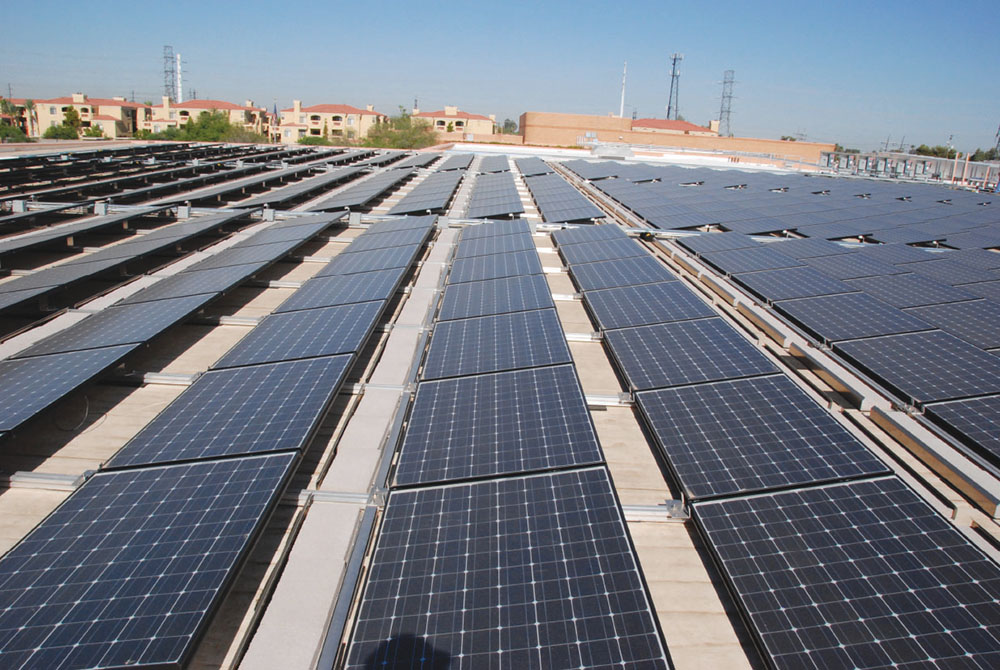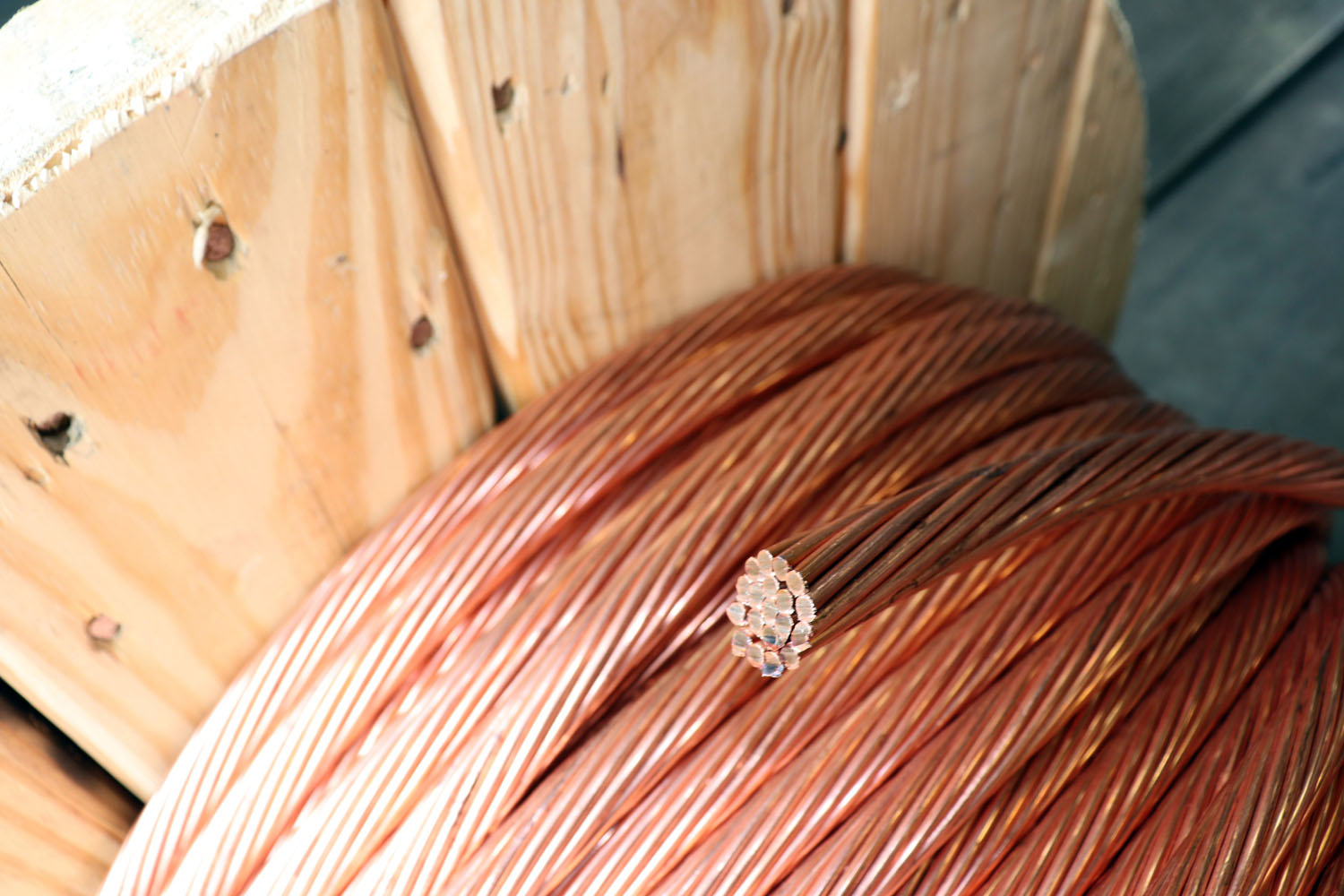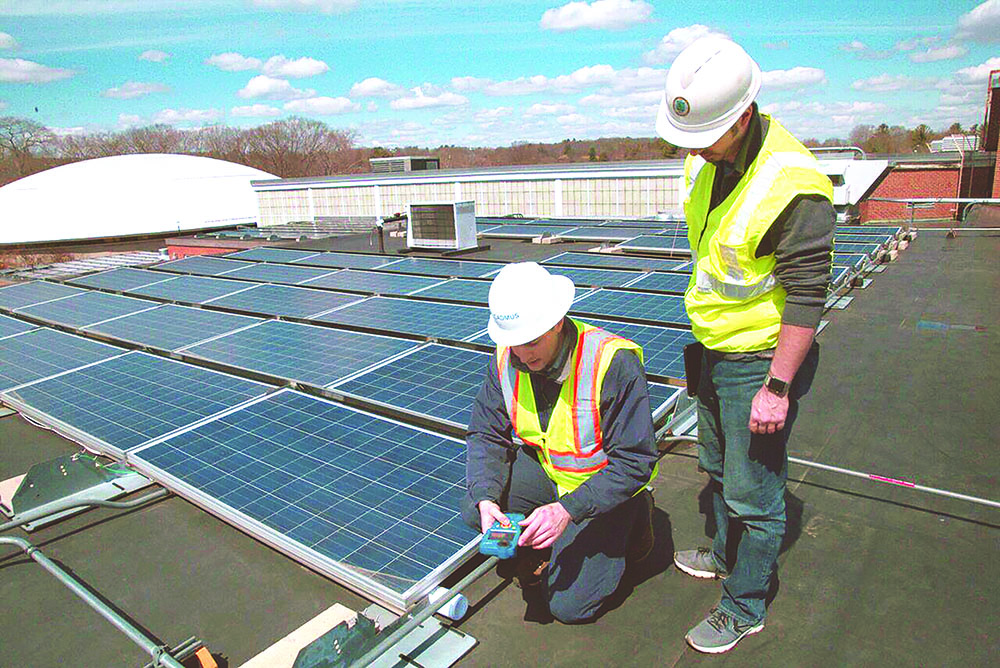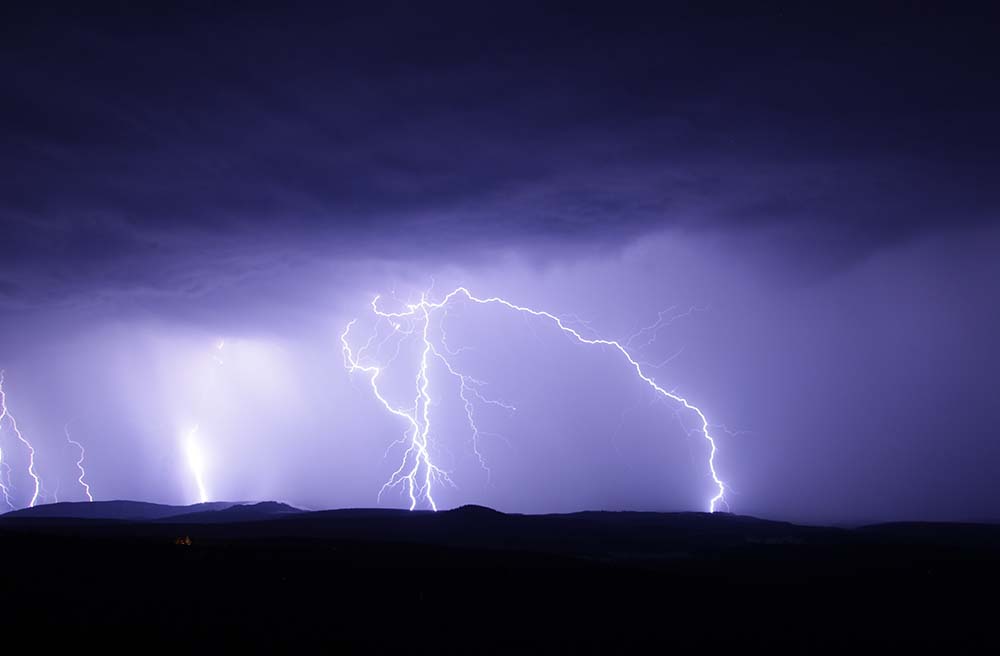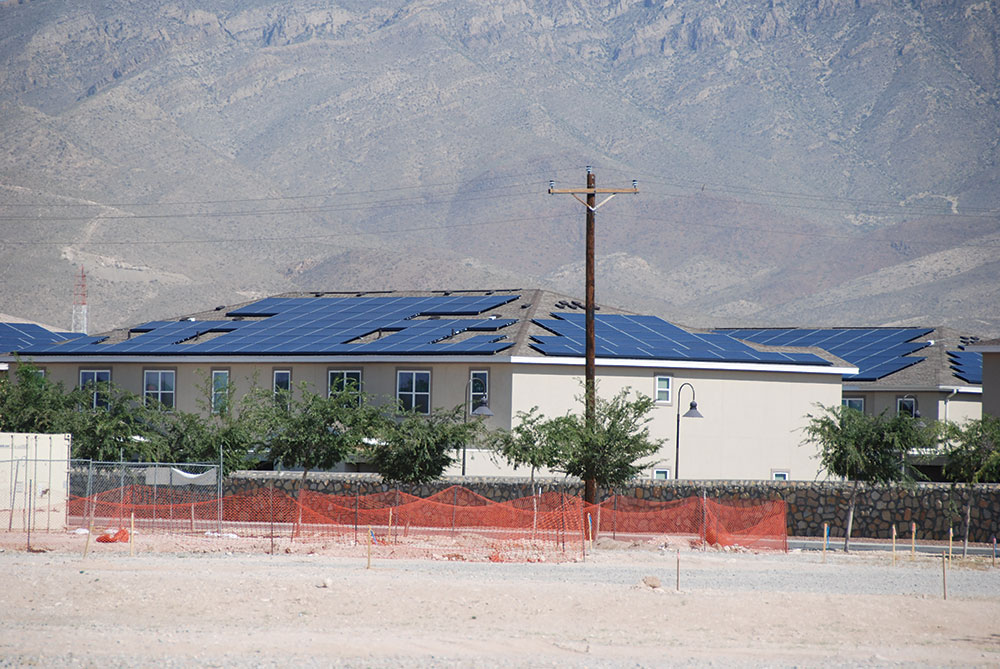One of the most advanced microgrids in North America can be found at Bubolz Nature Preserve in Northeast Wisconsin. The microgrid serves as a research and development project as well as a learning lab for teaching the next generation about the cutting-edge energy technology that is available today.
From an electrician’s, PV installer’s, or electrical inspector’s point of view, the currents start at the PV module—at least for the dc solar part of the system.
This article provides explanations and test data to show how the copper-welding process outperforms standard copper conductors in transmission and substation grounding applications.
PV systems, small and large, residential, commercial, and utility-scale are becoming more complex every year and with every Code cycle.
The popular and frequently referenced Model Inspection Checklist for Rooftop PV is now updated and expanded to include the latest national and international codes and safety insight for the rapidly expanding solar industry.
For an owner, planning a larger commercial-scale solar photovoltaic (PV) installation involves a myriad of decisions about size, equipment, design, location, and perhaps most important, the installation contractor.
Training and continuing education of Plan Reviewers and Inspectors are absolutely essential to having qualified, competent, professional people that are fully capable of discharging the responsibilities of ensuring the safety of the public.
Continuing decreases in the cost of photovoltaic (PV) power systems have resulted in residential and commercial PV systems that are increasing in size and power output.
The popular and frequently referenced Model Inspection Checklist for Rooftop PV is now updated and expanded to include the latest national and international codes and safety insight for the rapidly expanding solar industry.


